Trump’s Bold Tariff Move: What It Means for Your Investments and the Global Economy—Prepare Now!
Ever wonder what happens when tariffs take center stage in the global trade theater—and just how high the stakes can get when they’re set to hit some countries at up to 50%? Well, buckle up. President Donald Trump just flipped the switch on a bold new round of reciprocal tariffs designed to shake up international commerce, redirect billions back into the U.S. economy, and—according to him—stop countries from “taking advantage” of American businesses. From hefty tariffs targeting India’s continued dealings with Russian oil to sweeping changes ending duty-free imports for certain goods, this move is not without controversy—and legal challenges are already buzzing in the courts. Are these tariffs a savvy economic play, or a risky gamble that could slow growth and complicate trade relations? Let’s dive into the details and uncover what’s really at stake. LEARN MORE.
New tariffs target transshipped goods and end duty-free imports as legal battles over presidential trade authority persist.
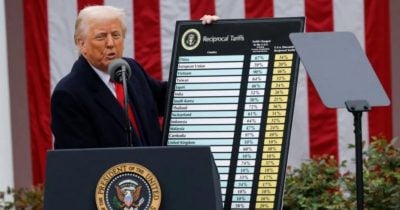
Key Takeaways
- Trump’s administration implemented reciprocal tariffs with rates varying by country, impacting trade with major partners.
- A new 40% transshipment tariff and suspension of duty-free de minimis imports are part of the policy escalation.
Share this article
President Donald Trump announced late Wednesday that reciprocal tariffs on foreign nations would take effect at midnight.
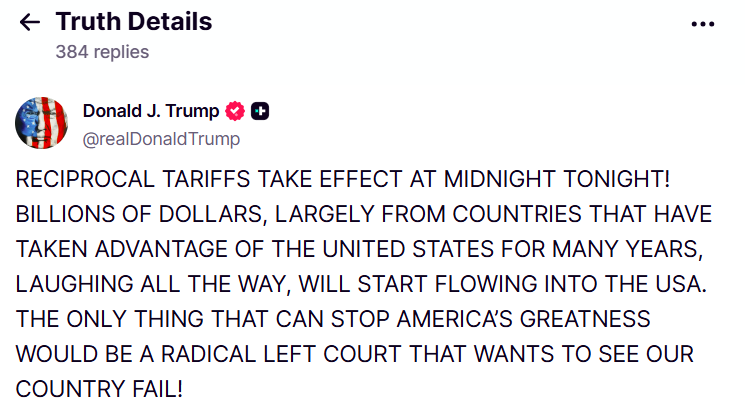
The trade measures, Trump claimed, would channel billions of revenue into the US economy. He believes those funds were previously lost to countries that had “taken advantage” of America for many years.
“The only thing that can stop America’s greatness would be a radical left court that wants to see our country fail!” Trump wrote on Truth Social.
According to an update from Gibson Dunn, the tariffs include country-specific rates ranging from 10% to 41%, with notable rates including 25% for India, 19% for Indonesia and the Philippines, and 15% for Japan and South Korea.
The European Union secured a two-tiered structure, with zero tariffs on goods that already face duties of over 15%.
Trump has imposed steeper tariffs on Indian goods due to India’s continued purchase of Russian oil. On Wednesday, he issued an executive order adding a 25% tariff on imports from India on top of an existing 25% tariff, making the total tariff rate on many Indian goods 50%. This hike is one of the highest rates the US has imposed on a trading partner.
The tariffs have sparked legal challenges in US courts, with plaintiffs arguing that the president lacks authority to impose duties under emergency powers. While lower courts initially blocked the measures, a stay pending appeal has kept them in effect.
The administration claims the tariffs will redirect trade flows and address deficits, generating about 5% of federal revenue. However, economists warn that the measures could slow GDP growth.
Share this article

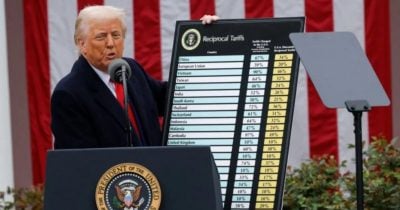
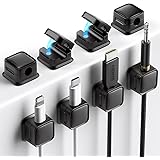




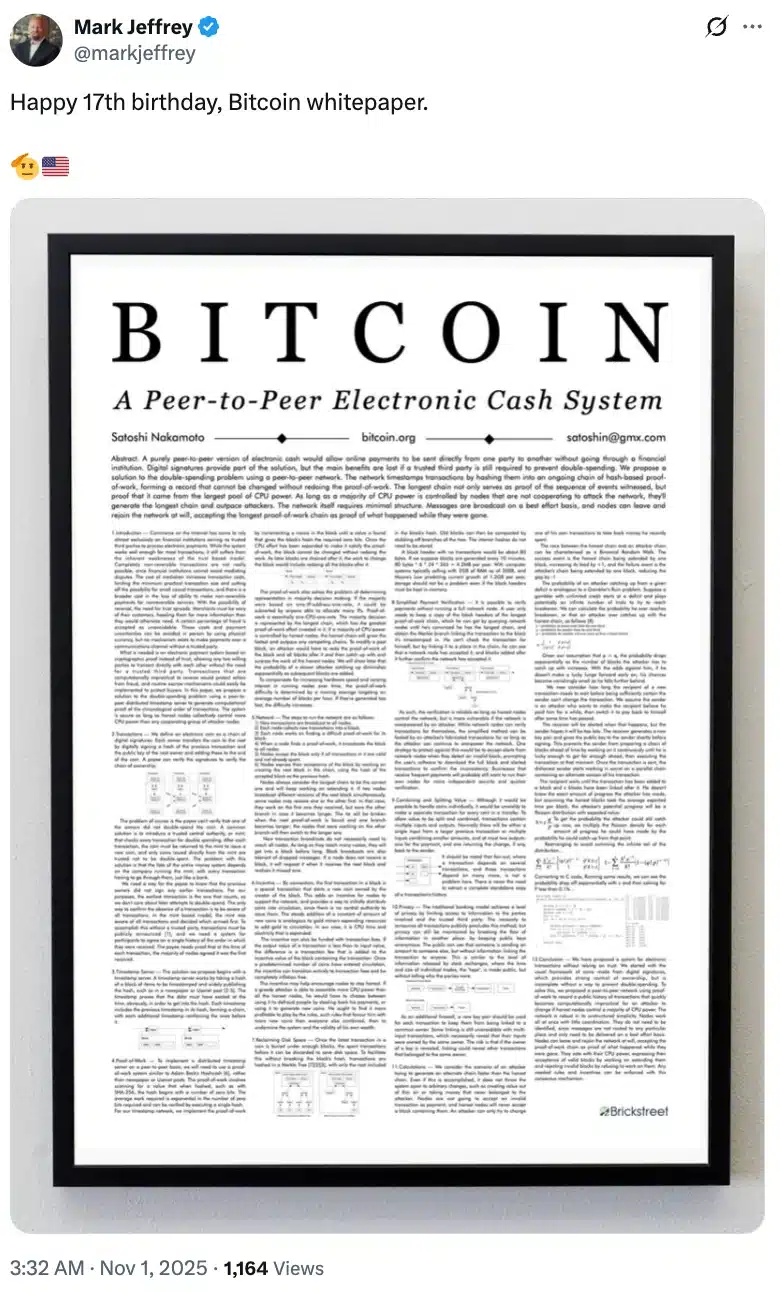













Post Comment